Yeast is a biological raising agent from the fungi family. It produces carbon dioxide and this causes bread to rise.
What’s actually happening?
- The dough is kneaded to give the bread its texture. The protein in the flour is stretched to make an elastic dough and pockets of gas are formed.
- Whilst the dough is proving, bubbles of carbon dioxide are formed from the action of the yeast. These help to stretch the dough and make it rise.
- The dough is then “knocked back.” This means it’s kneaded, reducing carbon dioxide bubbles in size and distributing evenly throughout the dough. (This step is optional.)
- In the oven, the gas bubbles (carbon dioxide and air) expand with the heat. This makes the bread rise further
- Eventually the heat sets the loaf, giving it a well-risen structure and a light and spongy texture.
Fresh yeast:
- Has a soft, putty-like texture, compressed into blocks.
- Creamy colour with a beer-like smell.
- Must be blended with warm liquid before adding to flour.
- Store in the fridge for 1-2 weeks, or in the freezer for three months.
Fast-action dried yeast:
- A blend of dried yeast and improvers (vitamin C and enzymes).
- Sold in airtight sachets.
- May be added directly to flour.
- Sealed sachets may be stored for up to one year.
Tips for baking with yeast
- Make sure to weigh and measure all ingredients accurately.
- Use good-quality yeast and always ensure it is in date.
- Provide warmth — ingredients and utensils should be warm in order to encourage the yeast to rise.
- Knead dough thoroughly to enable the gluten in the strong flour to develop.
- Allow the dough to prove for 1-2 hours. This gives the yeast cells an opportunity to produce carbon dioxide gas, which is what raises the dough.
- During proving, the dough should be covered with a damp cloth, or placed in a greased bowl covered with greased cling film in order to prevent a skin from forming on the top.
- Bake at 220˚C/200˚C fan/gas mark 7 to be sure that the yeast is destroyed.
INGREDIENT | FUNCTION |
Yeast | To make the bread rise (act as a raising agent) To add flavour |
Strong flour Essential in yeast baking as it has a greater gluten content than plain cream flour. This gives the product elasticity. | To give shape To set when baked To add nutrients To give colour |
Sugar Accuracy in weighing is essential, as too much sugar can kill the yeast. | To sweeten To ‘feed’ the yeast To colour the bread To provide energy To provide flavour |
Fat Accuracy in weighing is essential, as too much fat will stop the growth of the yeast. | Acts as a preservative To provide colour To provide flavour To provide energy |
Salt Accuracy in weighing is essential, as too much salt can kill the yeast. | To bring out flavour Controls the action of the yeast |
Eggs | Help entrap air thus contributing to a lighter product |
Liquid Use a tepid liquid around 25-30˚C to activate the yeast. Water is most suitable, but milk will give a softer crust. Do not overheat as this will kill the yeast. | To add warmth To help mix into a dough To bind ingredients together |
For more tips on baking with yeast, click here
- summer events
- small business
- gut health
- OATLY
- healthy
- Crudo
- top tips
- All Together Now
- fridge cake
- Events Waterford
- food festival
- Events Ireland
- me auld flower
- news
- dublin
- events Dublin
- dublin festival
- Home-Cooking
- food and drink festival
- online cooking course
- festival line-up
- cooking
- Summer festival
- eco-friendly
- Events
- cosy
- Festivals Ireland
- wine
- Body & Soul
- grapes
- music festival
- south africa

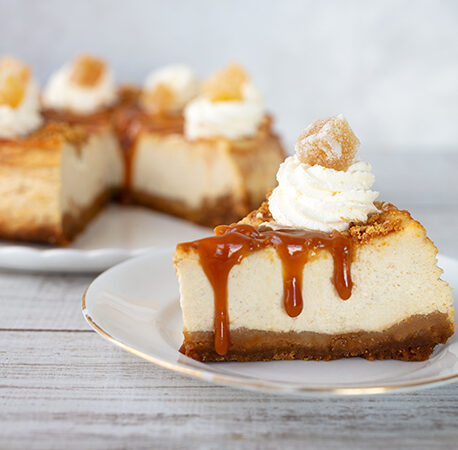
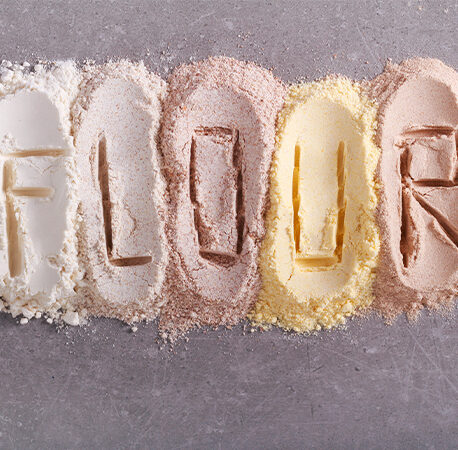
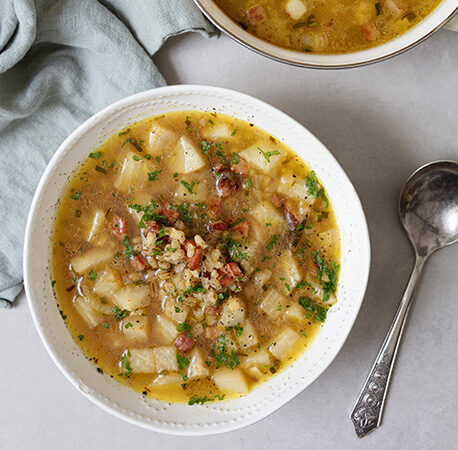
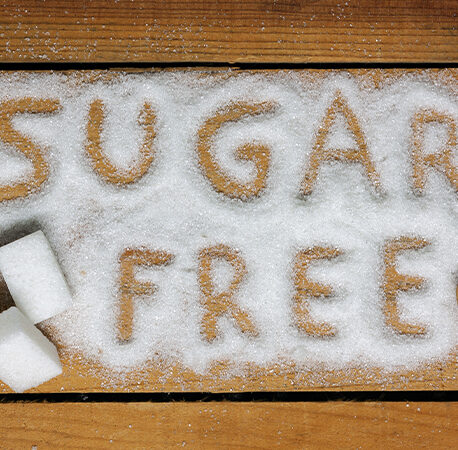
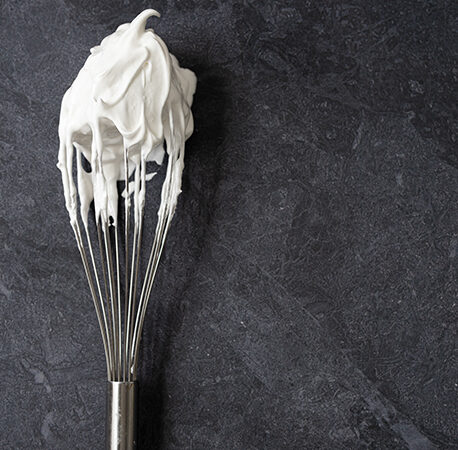
You have to be signed in to comment this post.